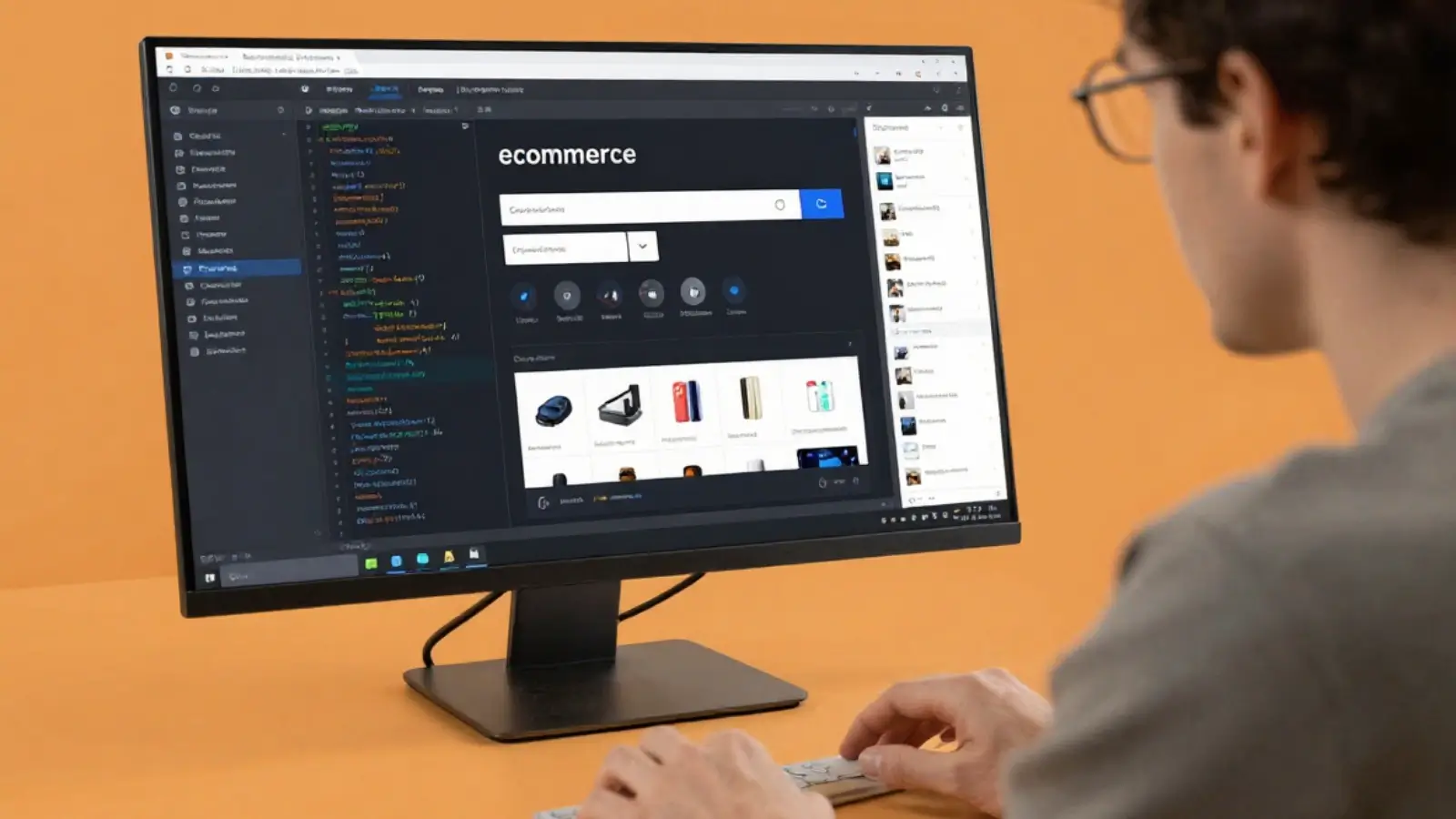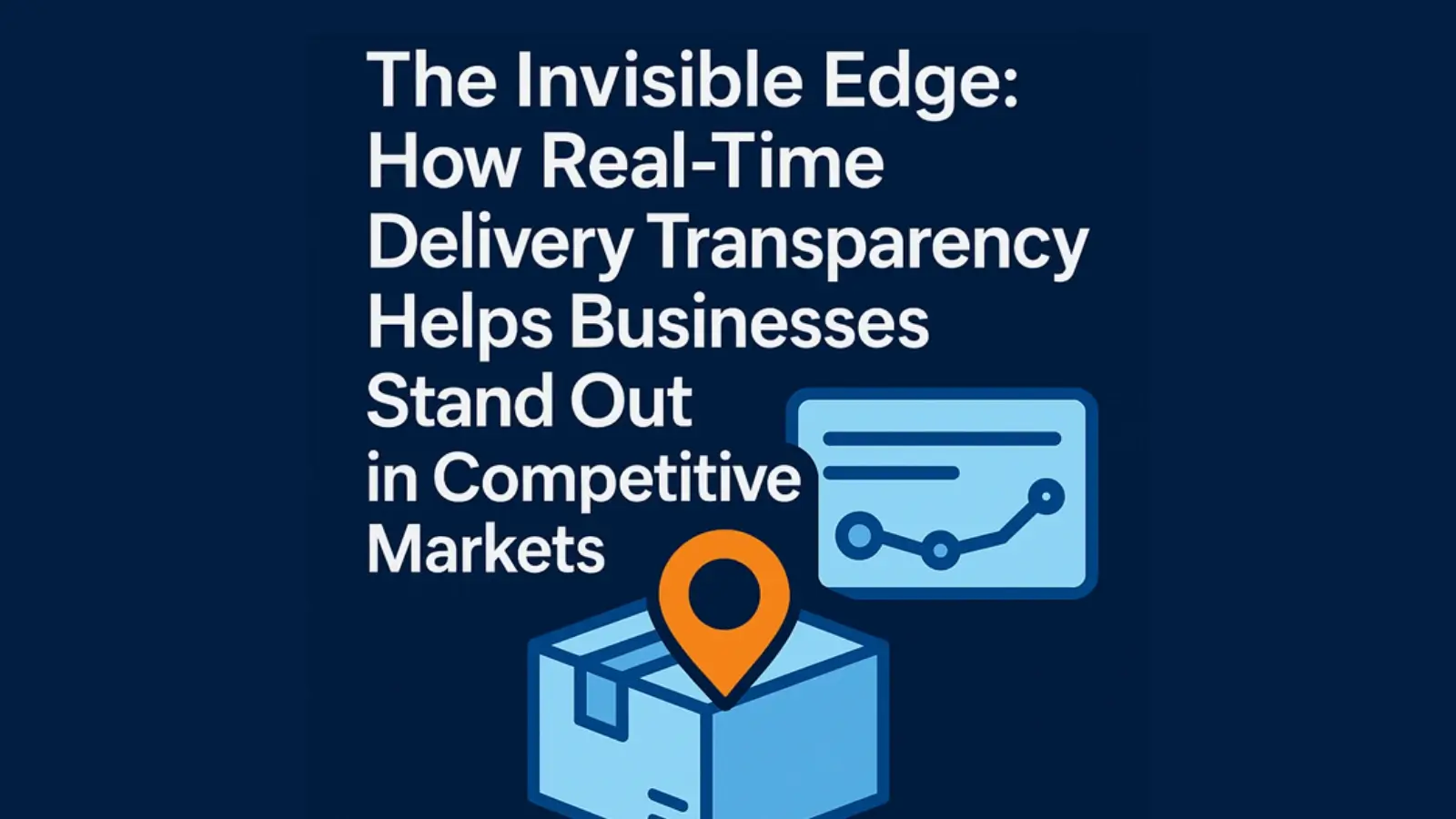E-commerce growth has fundamentally changed retail pricing strategies, with Amazon leading this transformation. According to recent data, Amazon now controls 37.8% of the US e-commerce market, giving its pricing policies unprecedented influence. Brands operating on this platform face unique challenges as they navigate competitive dynamics while protecting profit margins. Understanding the technical aspects of Amazon price match policies is essential for brands seeking sustainable marketplace success.
Understanding Amazon's approach to price matching
Amazon's official stance
Unlike traditional retailers, Amazon doesn't offer price match guarantees. Their policy simply states: "We strive to maintain low and competitive prices on everything we carry." This deceptively simple statement underpins a complex pricing ecosystem affecting thousands of brands globally.
Dynamic pricing vs. traditional price matching
Instead of matching competitors' prices upon request, Amazon employs advanced algorithmic systems that continuously adjust prices based on multiple factors: market conditions, competitor actions, inventory levels, and consumer behavior patterns. This creates a fluid pricing environment where thousands of product prices may change multiple times daily.
For brands selling on Amazon, this means they must constantly monitor and adapt their pricing strategies rather than relying on stable price points. The absence of a formal price matching policy gives Amazon tremendous flexibility while maintaining its reputation for competitive pricing without the administrative burden of processing individual price match requests.
The Fair Pricing Policy and brand strategy
Policy overview
Amazon's Fair Pricing Policy represents the platform's approach to maintaining market integrity. The policy prohibits sellers from setting prices that "harm customer trust," including misleading pricing practices or setting significantly higher prices on Amazon compared to other distribution channels.
Strategic implications for brands
"Amazon's Fair Pricing Policy effectively enforces price parity across channels, limiting brands' ability to implement channel-specific pricing strategies."
Brands must carefully design their pricing architecture across all sales channels. Products priced significantly higher on Amazon risk losing visibility or even account suspension in extreme cases.
This creates complex challenges when unauthorized sellers list products at aggressive discounts that trigger Amazon's pricing algorithms.
Effects on brand control in the marketplace
Authority challenges
Amazon's policies fundamentally challenge brands' pricing control through Buy Box competition, where the lowest-priced offer typically receives the featured position and majority of sales.
Unauthorized seller complications
The situation worsens when unauthorized sellers enter the marketplace. According to ProMarket research, "Amazon's price matching policies have diminished the ability of brands to control how their products are distributed and the prices at which these products are sold."
This erosion of control creates cascading effects:
-
Authorized distributors face pressure to match unauthorized prices
-
Brand positioning and perceived value deteriorate
-
Profit margins compress across all channels
-
Partner relationships strain as authorized sellers struggle
Many premium brands now maintain specialized teams focused solely on addressing unauthorized sellers to protect pricing integrity.
Pricing strategies for brands on Amazon
Adaptive approaches
Successful brands implement strategies balancing competitiveness with profitability:
-
MAP policies – Establishing minimum price thresholds for all authorized sellers
-
Value differentiation – Creating Amazon-specific bundles that prevent direct price comparison
-
Dynamic repricing tools – Deploying automated systems that adjust prices within set parameters
-
Selective distribution – Controlling which sellers can offer products on the marketplace
Skimming vs. penetration
Different product lifecycle stages require different approaches. New products often benefit from skimming—setting higher initial prices to maximize revenue from early adopters before gradually reducing them.
Established products in competitive categories might use penetration pricing—entering at lower price points to rapidly gain market share. On Amazon, where the Buy Box algorithm rewards competitive pricing, penetration strategies often increase visibility.
When Amazon itself sells a product, its algorithms may discount items significantly to match competitors, sometimes selling near cost to maintain market share in key categories.

The broader market impact
Cross-retailer effects
Amazon's pricing policies create significant ripple effects throughout retail. Harvard Business School research notes, "the bigger 'Amazon effect' relates not to the prices themselves but to the pricing behaviors of more traditional retailers."
When Amazon's algorithms match or beat competitors' prices, other retailers face pressure to follow, creating downward price pressure across channels. Major retailers have developed their own price-matching policies specifically targeting Amazon prices.
For brands, a price adjustment on one channel can trigger changes across their entire distribution network, fundamentally altering traditional pricing power balances.
Conclusion
Amazon's algorithmic approach to price competition has transformed brand pricing strategies. As the platform continues dominating e-commerce, brands must develop sophisticated approaches to maintain pricing integrity while remaining competitive.
Success requires balancing technological tools, strategic distribution management, and value-focused product development. Thriving brands understand that pricing strategy extends beyond numbers to encompass the entire value proposition. By addressing Amazon's pricing dynamics comprehensively, brands can protect their market position while leveraging the platform's unparalleled reach.
FAQs
Does Amazon offer price matching for customers?
No. Unlike retailers such as Best Buy or Walmart, Amazon doesn't match competitors' prices when requested by customers. Instead, they use dynamic pricing algorithms to automatically adjust prices based on market factors.
How does Amazon's pricing policy affect small vs. large brands?
Large brands typically have more resources to monitor and respond to Amazon's pricing dynamics, including dedicated teams and sophisticated software. Small brands face greater challenges in maintaining pricing control but may benefit from more flexible decision-making processes.
Can brands effectively maintain price control on Amazon?
Brands can maintain significant control through selective distribution, MAP policies, Amazon-specific product variations, and enforcement against unauthorized sellers. Complete control is challenging, but focused strategies can significantly improve pricing stability.
What tools can brands use to monitor and optimize pricing on Amazon?
Several specialized tools help brands manage Amazon pricing, including repricing platforms that automatically adjust prices based on competitor actions, marketplace intelligence solutions tracking unauthorized sellers, and analytics tools measuring the impact of price changes.
How do Amazon's pricing policies compare to other major e-commerce platforms?
Amazon's scale and sophistication create more significant market effects than other platforms. Walmart Marketplace and eBay have less restrictive pricing policies but typically generate lower sales volumes for most brands.

















